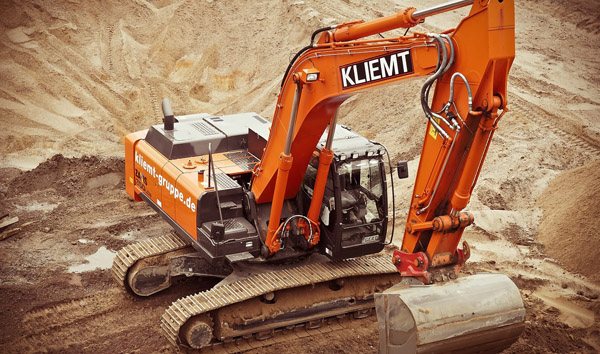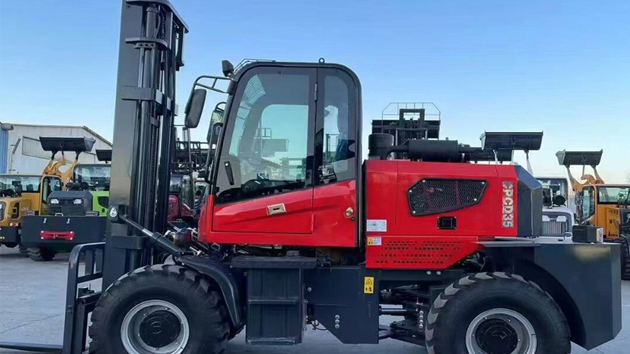The Future of Heavy-Duty Material Handling: Innovations in Lumber Yard Rough Terrain Forklifts
2025-07-03 05:05:27
The lumber industry relies heavily on Rough Terrain Forklifts to navigate uneven surfaces, transport heavy loads, and maintain productivity in demanding outdoor conditions. These specialized machines are engineered with reinforced frames, high-traction tires, and powerful engines to withstand the rigors of lumber yard operations. Recent advancements in hydraulic systems and load-sensing technology have further optimized performance, ensuring smoother operation even under maximum capacity.
One of the most significant improvements in modern rough terrain forklifts is their integration with telematics and IoT-enabled monitoring systems. These technologies allow operators and fleet managers to track fuel consumption, maintenance schedules, and operational efficiency in real time. For lumber yards, this means reduced downtime and proactive maintenance, minimizing disruptions in material handling workflows. Additionally, GPS tracking ensures precise navigation across sprawling lumber storage areas, improving overall logistics.
Safety remains a top priority in lumber yard operations, and rough terrain forklifts now come equipped with advanced stability control systems. Features such as automatic load leveling, anti-rollover protection, and 360-degree cameras enhance operator visibility and prevent accidents. Some models even incorporate AI-driven collision avoidance, which is particularly useful in high-traffic lumber yards where multiple forklifts and workers operate simultaneously.
Sustainability is another key focus in the development of rough terrain forklifts for lumber yards. Manufacturers are increasingly adopting hybrid and electric powertrains to reduce emissions without compromising power. Lithium-ion battery technology, for instance, offers longer runtimes and faster charging, making electric rough terrain forklifts a viable alternative to traditional diesel models. This shift aligns with the lumber industry’s growing emphasis on eco-friendly practices.
Looking ahead, the demand for rough terrain forklifts in lumber yards is expected to rise, driven by automation and autonomous operation trends. Pilot programs are already testing self-driving forklifts capable of navigating complex outdoor terrains with minimal human intervention. As these innovations mature, lumber yards will benefit from increased efficiency, lower labor costs, and enhanced safety—solidifying the rough terrain forklift’s role as an indispensable asset in heavy-duty material handling.













